Manufacturing Methods of Vibratory Bowls
The manufacturing of a vibratory bowl is a specialized process that combines experience, precision machining, and tuning skills. It is far more than just making a “metal bowl” and involves several core stages:
- Part Analysis and Solution Design
This is the most critical first step. Engineers must thoroughly analyze the target part.
- Analysis Includes: The part’s geometry, dimensions, material, weight, center of gravity, and the required final discharge orientation.
- Output: Based on the analysis, the spiral track layout inside the bowl is designed, and the necessary tooling for sorting, orienting, and correcting parts is determined.
- Bowl and Track Fabrication
- Material Selection: Stainless steel is primarily used due to its strength, corrosion resistance, and non-magnetic properties.
- Manufacturing Process:
- Blanking and Forming: The bowl plate is cut and rolled into a conical shape, then welded.
- Track Fabrication: The track is precisely bent, cut, and welded from stainless steel strips. It must be dimensionally accurate and smooth to prevent jams.
- Surface Treatment
The track and bowl surface are treated to control friction and prevent part damage.
- Non-stick Coatings: Reduce friction and static for delicate parts.
- Abrasive Finishing: Increases friction for light or smooth parts.
- Plating: Provides a hard, wear-resistant surface.
- Base and Drive Unit Assembly
- Base: Supports the bowl and houses the electromagnetic drive.
- Spring Leaf Assembly: Connects the bowl to the base; its angle and stiffness are critical for vibration.
- Electromagnet: The drive source that creates pulsed magnetic forces to vibrate the bowl.
- Bộ điều khiển: Điều chỉnh tần số và biên độ rung.
- Tuning and Testing
This is the “art” of transforming hardware into a functional system.
- Process: Actual parts are used to fine-tune the system by adjusting the spring angle and controller settings until parts feed smoothly and consistently.
- Endurance Testing: Long-term testing ensures reliability under production conditions.
In summary, manufacturing a vibratory bowl is a process that integrates mechanical design, materials science, and dynamic tuning, relying heavily on the experience and skill of the engineer.

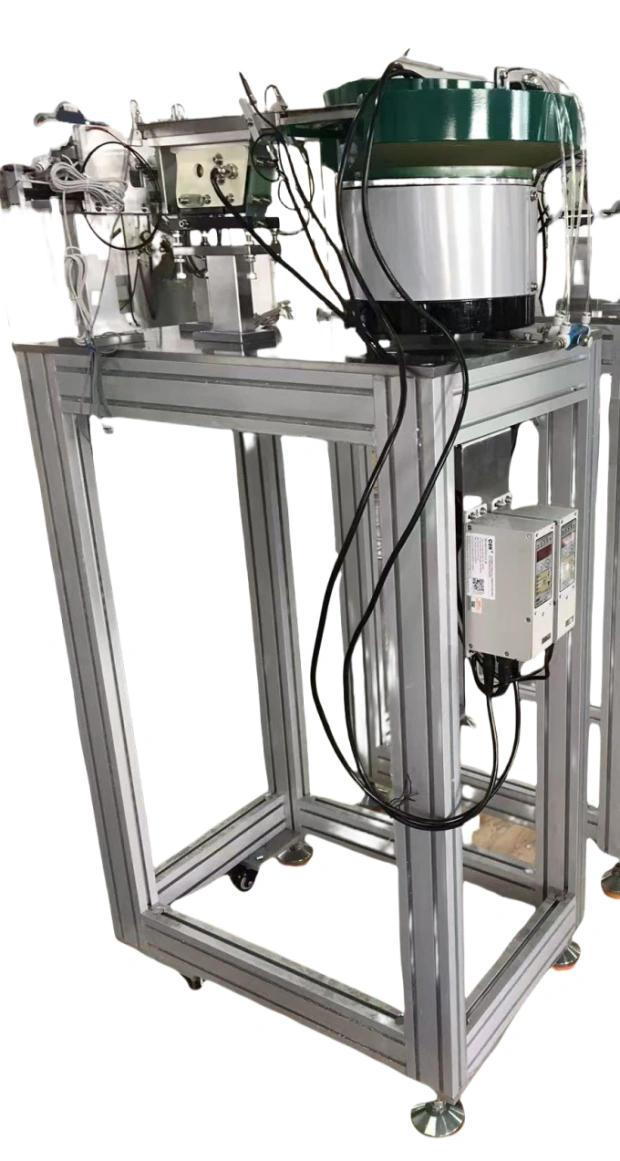
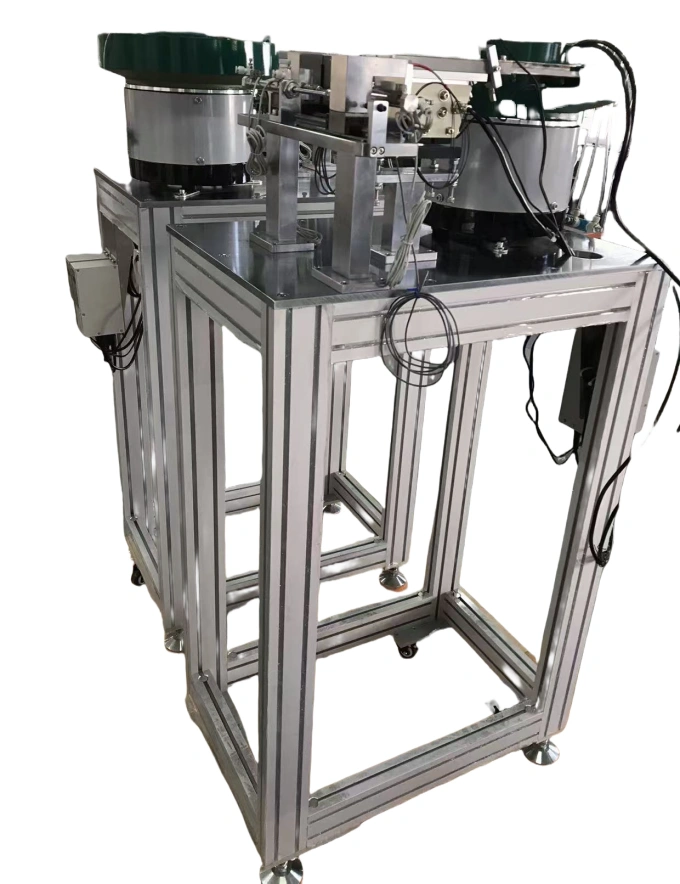
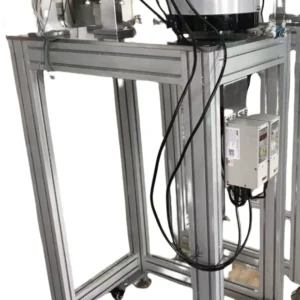
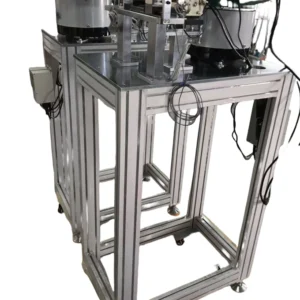




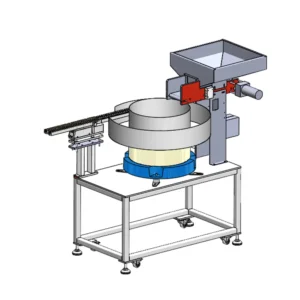

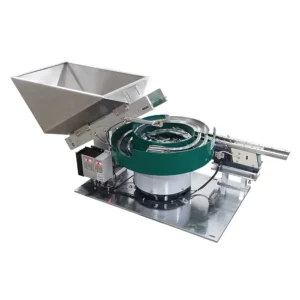
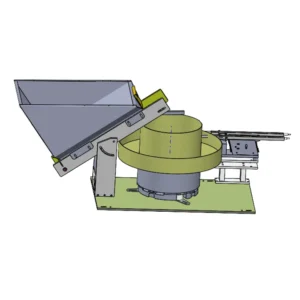

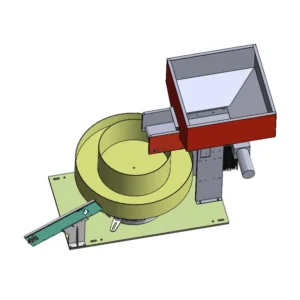
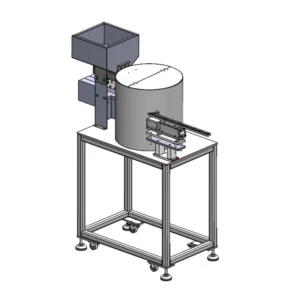
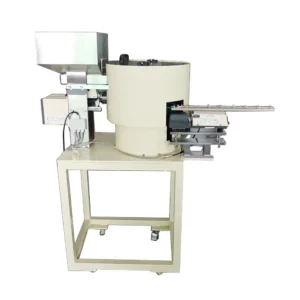
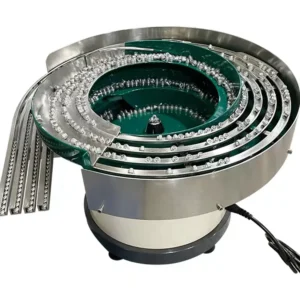
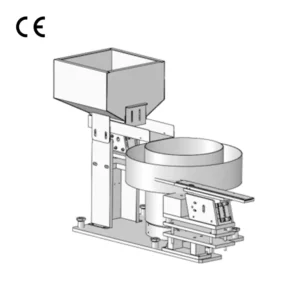
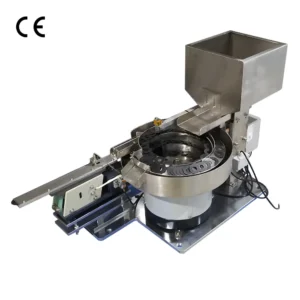
Đánh giá
Hiện tại không có đánh giá nào.